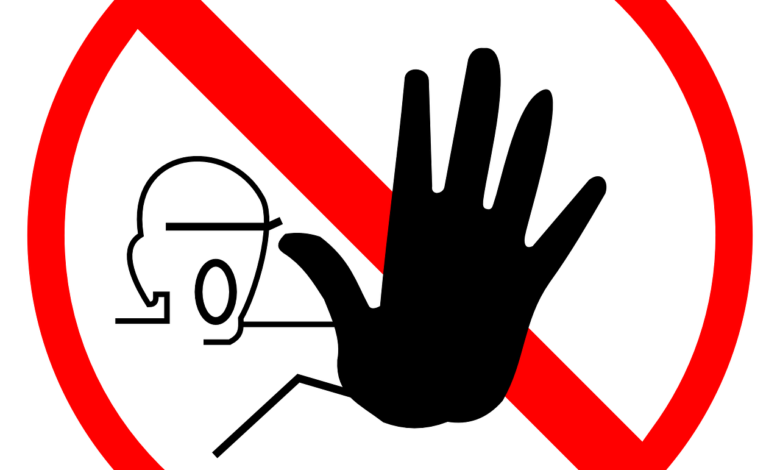Public Storm Warning Signal #1

Public Storm Warning Signal #1 Washington State plays a crucial role in preparing the nation for powerful storms. This signal has saved lives and has greatly influenced emergency planning. This article will cover how to prepare for the PSWS and the Signs to watch for when it comes to severe weather. It will also help you learn when it’s time to evacuate and take shelter.
Lead time for PSWS #1
The lead time for PSWS #1 depends on the size of the circulation and the wind speed of the storm. It is also dependent on the direction of the storm. Typically, the first PSWS is issued a day and a half before the storm is expected to occur. The second signal may come an hour or two earlier, but this is not a reliable indicator of storm duration. By contrast, the lead time for PSWS #3 is usually around 18 hours prior to the storm’s arrival.
The Public Storm Warning Signal #1 is the first stage of the storm warning system and is used to notify the public of incoming meteorological conditions. It can be up to four meters in stature and is expected to last between one and four hours. It is important to note that the lead time for this signal is only applicable when the signal is activated for the first time. This means that you should not expect to get any rain or snow until the storm has already arrived.
The Public Storm Warning Signal is a critical part of preparing for major storms. It has helped save countless lives. By using it, you can plan ahead for the worst by determining the risks, evaluating your internal and external resources, and developing multiple scenarios, taking into account different potential threats.
Signs that indicate severe weather
To tell whether there is going to be a tornado in your area, look for signs of severe weather. For example, a dark green sky may indicate the possibility of a tornado. This is because hail can cause sunlight to be refracted and cause the sky to appear dark green. Another warning sign is structural wind damage.
Signs that indicate people should seek shelter
Public storm warning signals are issued by weather agencies to alert people of impending weather disruptions. They are assigned numbers based on the intensity, size and speed of a storm. These numbers are usually modified or reduced depending on where the storm is expected to affect the Philippines. Public storm warning signal #1 is a red storm warning signal that indicates the onset of intense weather within the next 12 hours.
When the storm warning signal is issued, residents should take steps to ensure their safety. They should lock windows and make sure that gates and shutters are secure. If necessary, they should put up adhesive tape on window panes to minimize glass-breakage damage. People should also ensure they have a suitable place to seek shelter. If possible, they should also park their cars in a safe place. People should also avoid low-lying areas, as they may suffer significant flooding.
The Philippine Atmospheric, Geophysical and Astronomical Services Administration has warned that the country would be hit by 17 tropical cyclones from May to October. Last month, the agency declared the start of the rainy season, which typically involves a high risk of tropical storms. Its Public Storm Warning Signals show the estimated intensity of a storm, the areas it will hit, and the predicted speed and direction.
Signs that indicate a downgrade to PSWS #2
During a PSWS (Public Storm Warning Signal) warning, a warning system will provide warnings about severe weather in an area. The signal number for a particular area depends on the intensity of the circulation and forecasted direction and speed. As the storm approaches, the signal level may decrease or increase sequentially. If the signal level is downgraded, a warning system will give you an updated warning with the new PSWS number.
The Public Storm Warning Signal (PSWS) system is designed to create awareness of approaching weather disturbances and to guide preparedness. A PSWS signal is assigned to a specific area and gets upgraded as a tropical cyclone approaches the PAR. While PSWS #1 signals are typically low-risk, a PSWS #2 signal can cause massive destruction in coastal cities.
read more coco chanel perfume dossier.co




